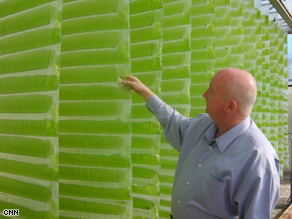daylatedollarshort
Give me a museum and I'll fill it. (Picasso) Give me a forum ...
- Joined
- Feb 19, 2013
- Messages
- 9,358
That is quite a significant reduction. What are the things that you did that made the biggest contributions to the overall reduction in gas and electricity?
Drying racks were the number one money saver instead of using the electric dryer. That was $40 a month. The second thing was to stop using the built in electric appliances. Ours were inefficient energy hogs. If it wasn't for resale I would have them removed and reclaim the space for storage and extra countertop space. I bought a bunch of energy saving small appliances instead at Amazon and thrift shops.
The last thing my husband was using the oven for was pizza and Trader Joe's stuff like french fries and onion rings. I just bought a Presto pizza oven for $5 at a thrift shop that cooks all the same stuff in less time at ~25% of the energy usage.
If we live 50 more years at $2K+ a year energy savings, that is at least $100K savings we can use for trips or whatever.
All the little energy saving gadgets on Amazon for us had a very high payback. For us installing tie into the grid solar panels would have a very low ROI since they cost so much. It is interesting because the local utility site has rebates on a lot of expensive contractor needed project stuff (insulation, solar panels, solar hot water) and for us none of those projects would have a high ROI compared to just assorted Amazon gadgets where the payback was easily a year or less (thermal cookers, LED bulbs, solar lights, rechargeable batteries, solar charger, countertop convection oven, Kill a Watt, thermal leak detector, weather stripping, draft stoppers, etc.) We live in a relatively mild climate so for us heating and cooling were not our biggest energy hogs - it was more every day activities like clothes drying and cooking.
Last edited:




